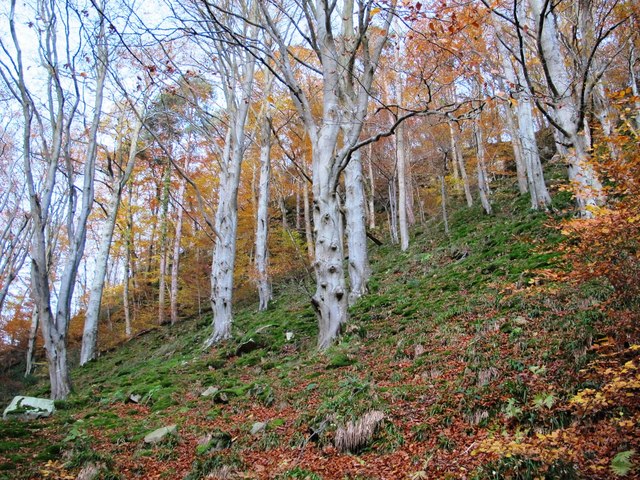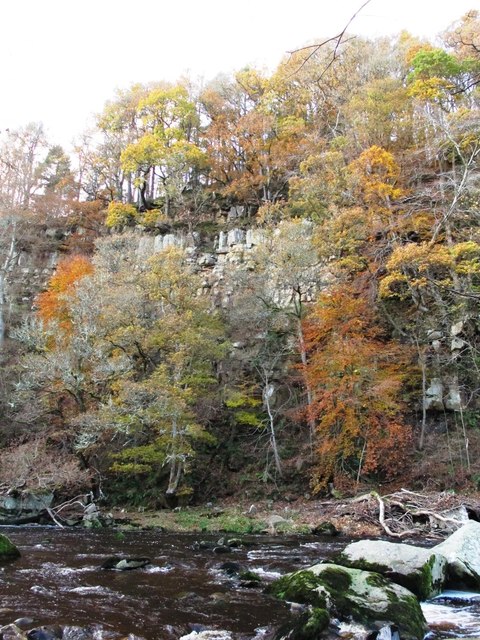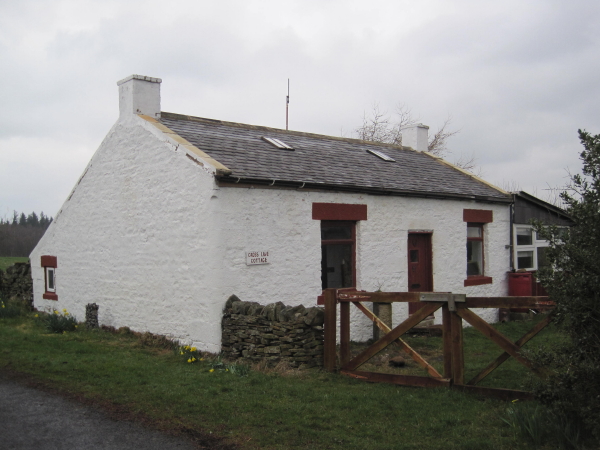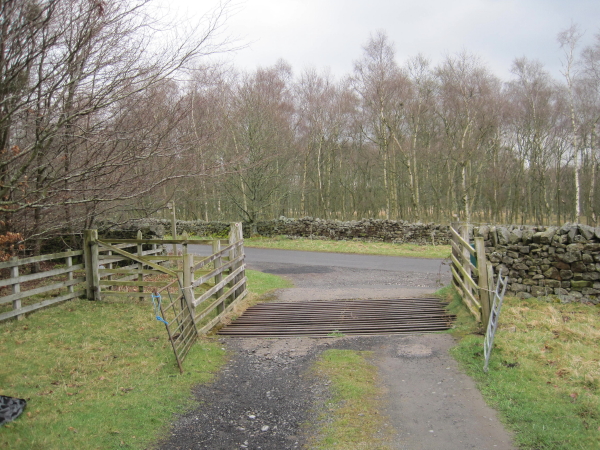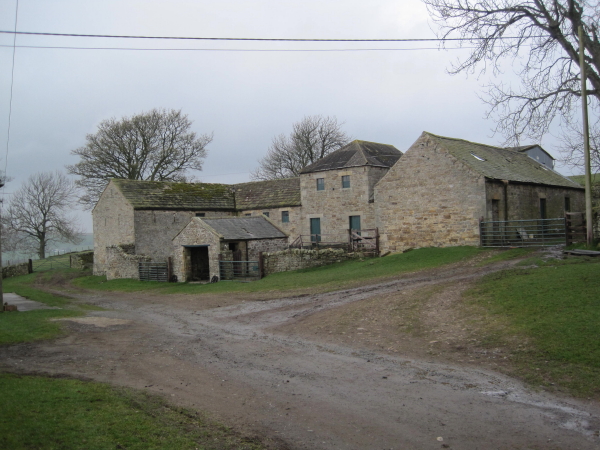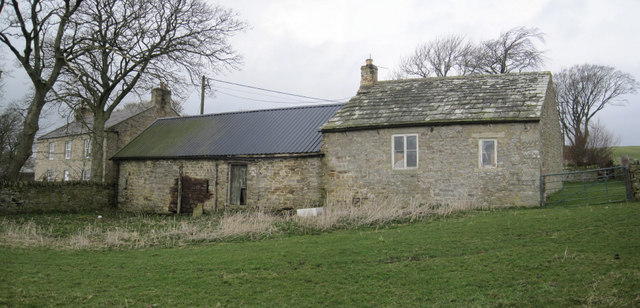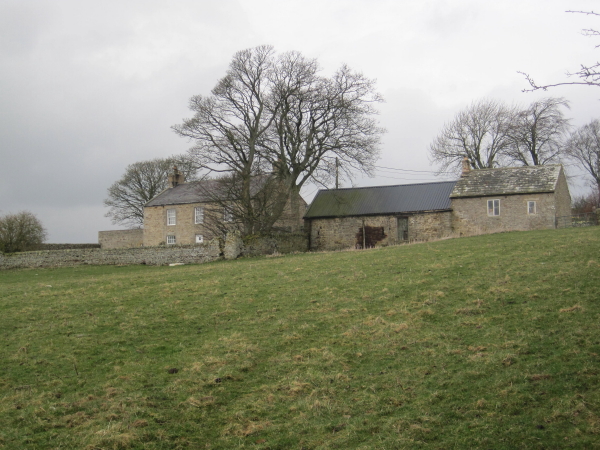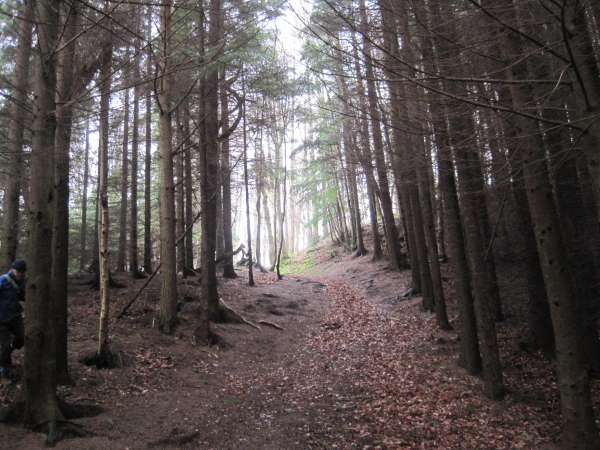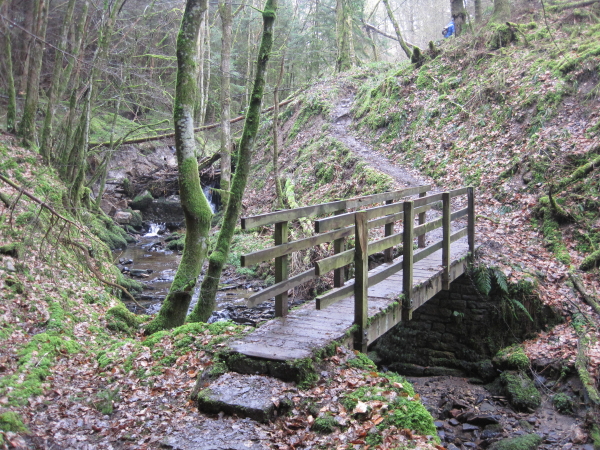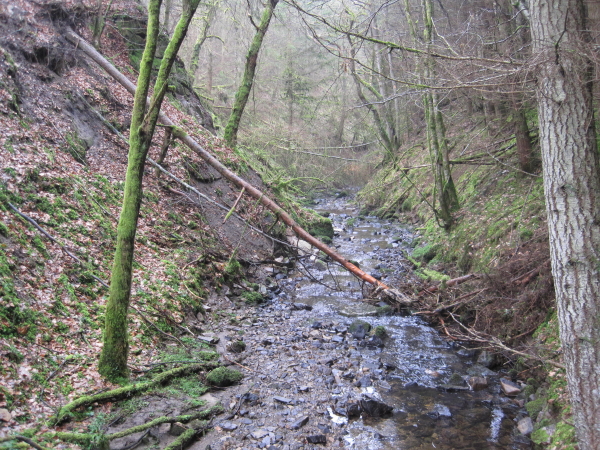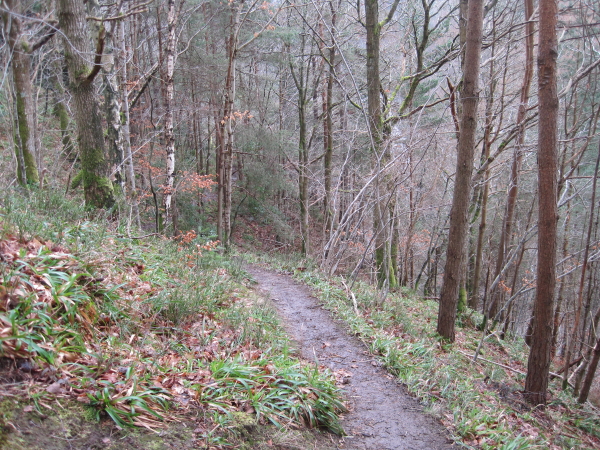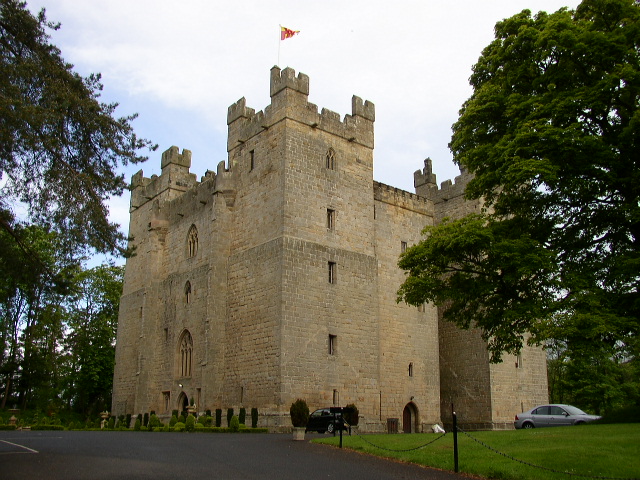Harsondale Law
Hill, Mountain in Northumberland
England
Harsondale Law

Harsondale Law, located in Northumberland, is a prominent hill/mountain that stands tall and proud in the beautiful landscape of Northumberland County, England. With an elevation of approximately 1,287 feet (392 meters), it is one of the highest natural peaks in the region.
The hill/mountain is known for its stunning panoramic views, offering visitors breathtaking sights of the surrounding countryside. On clear days, one can see vast expanses of rolling hills, meandering rivers, and charming villages nestled in the valleys below. The peak serves as an excellent vantage point for photographers, nature enthusiasts, and hikers who enjoy exploring the great outdoors.
Harsondale Law is covered with lush green vegetation, including heather and grasses, which provide a picturesque backdrop against the blue skies. The area is also home to a variety of wildlife, such as birds, rabbits, and occasional deer, offering nature lovers a chance to observe and appreciate the local fauna.
While the hill/mountain is not particularly challenging for experienced hikers, it still offers a moderate level of difficulty, making it suitable for individuals of varying fitness levels. Numerous trails and footpaths crisscross the area, providing ample opportunities for exploration and adventure.
Visitors to Harsondale Law can expect a peaceful and serene environment, away from the hustle and bustle of urban life. The hill/mountain is a popular destination for those seeking a tranquil retreat, a chance to reconnect with nature, or simply enjoy a leisurely stroll amidst its awe-inspiring surroundings.
Overall, Harsondale Law in Northumberland is a natural gem, offering visitors an opportunity to immerse themselves in the beauty of the English countryside while enjoying outdoor activities in a pristine and unspoiled environment.
If you have any feedback on the listing, please let us know in the comments section below.
Harsondale Law Images
Images are sourced within 2km of 54.944548/-2.3000387 or Grid Reference NY8061. Thanks to Geograph Open Source API. All images are credited.

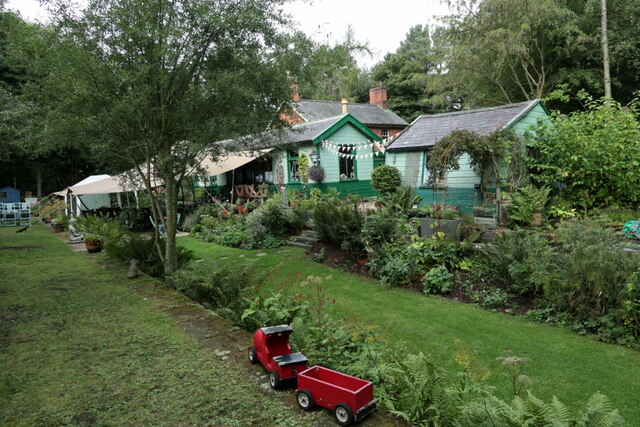
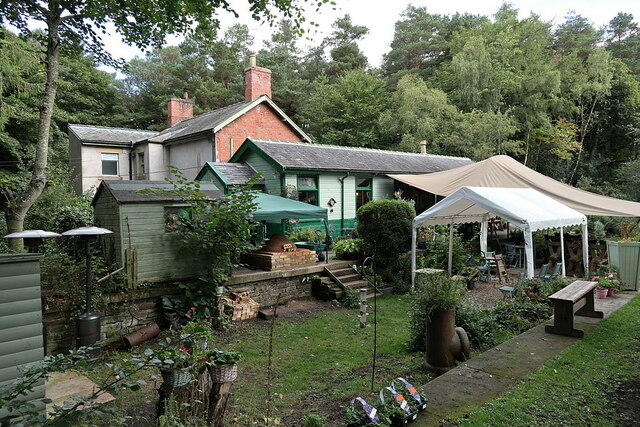

Harsondale Law is located at Grid Ref: NY8061 (Lat: 54.944548, Lng: -2.3000387)
Unitary Authority: Northumberland
Police Authority: Northumbria
What 3 Words
///harps.reunion.otherwise. Near Bardon Mill, Northumberland
Nearby Locations
Related Wikis
Staward Peel
Staward Peel, or Staward Pele, is a peel tower located in the National Trust property of Allen Banks & Staward Gorge in Northumberland, England. ��2�...
Staward Halt railway station
Staward Halt is a closed stone built railway station situated on a single track branch railway line in Northumberland, England, that ran from Allendale...
Langley, Northumberland
Langley or Langley-on-Tyne is a small village in Northumberland, England, located to the west of Hexham. The village is on the A686 about 3 miles (5 km...
Briarwood Banks
Briarwood Banks is the name given to a woodland Site of Special Scientific Interest (SSSI) in north Northumberland, North East England. Composed mainly...
Nearby Amenities
Located within 500m of 54.944548,-2.3000387Have you been to Harsondale Law?
Leave your review of Harsondale Law below (or comments, questions and feedback).

